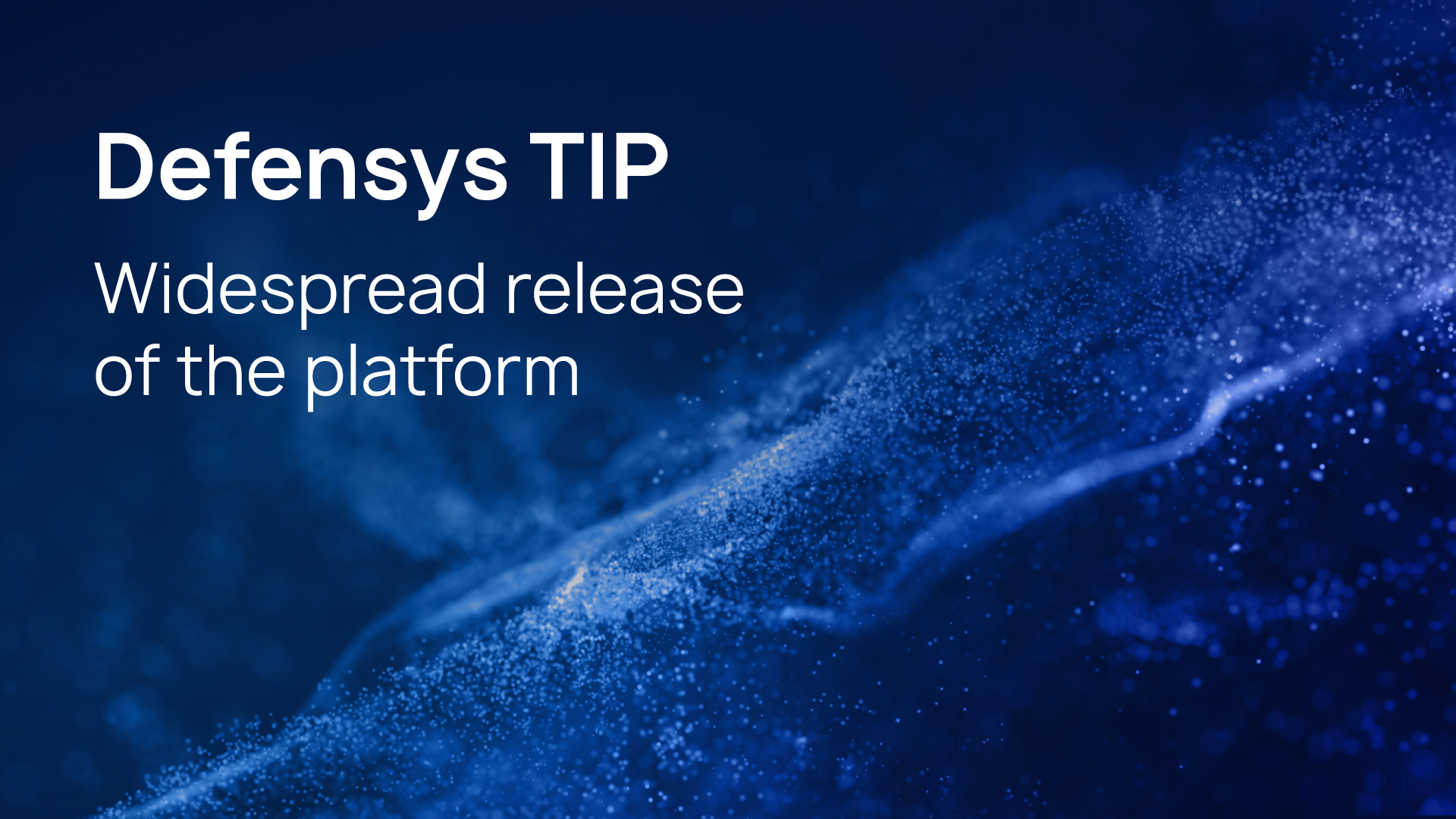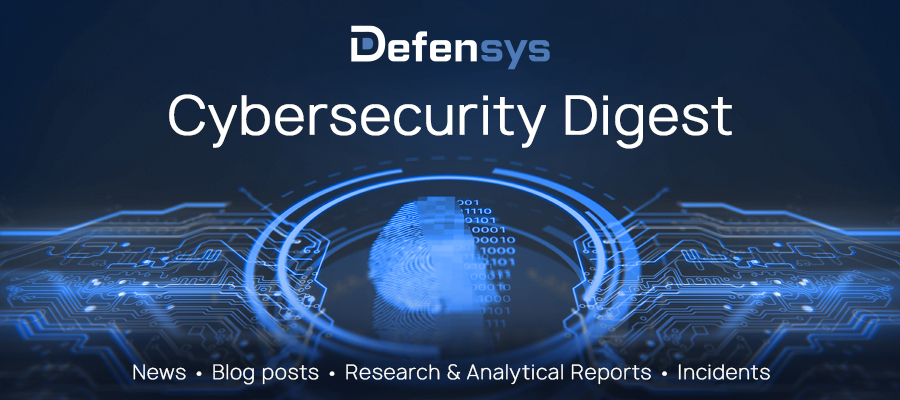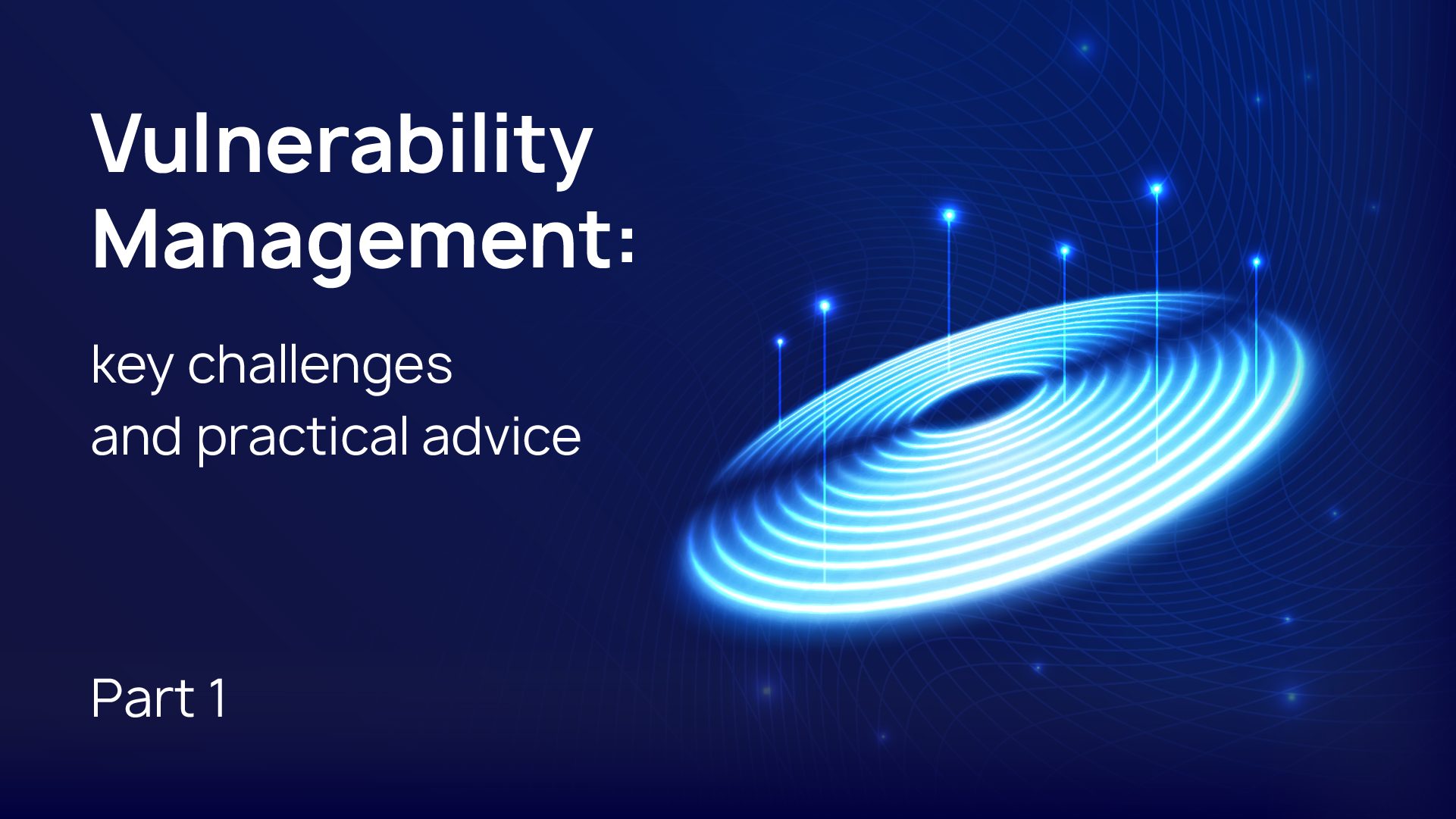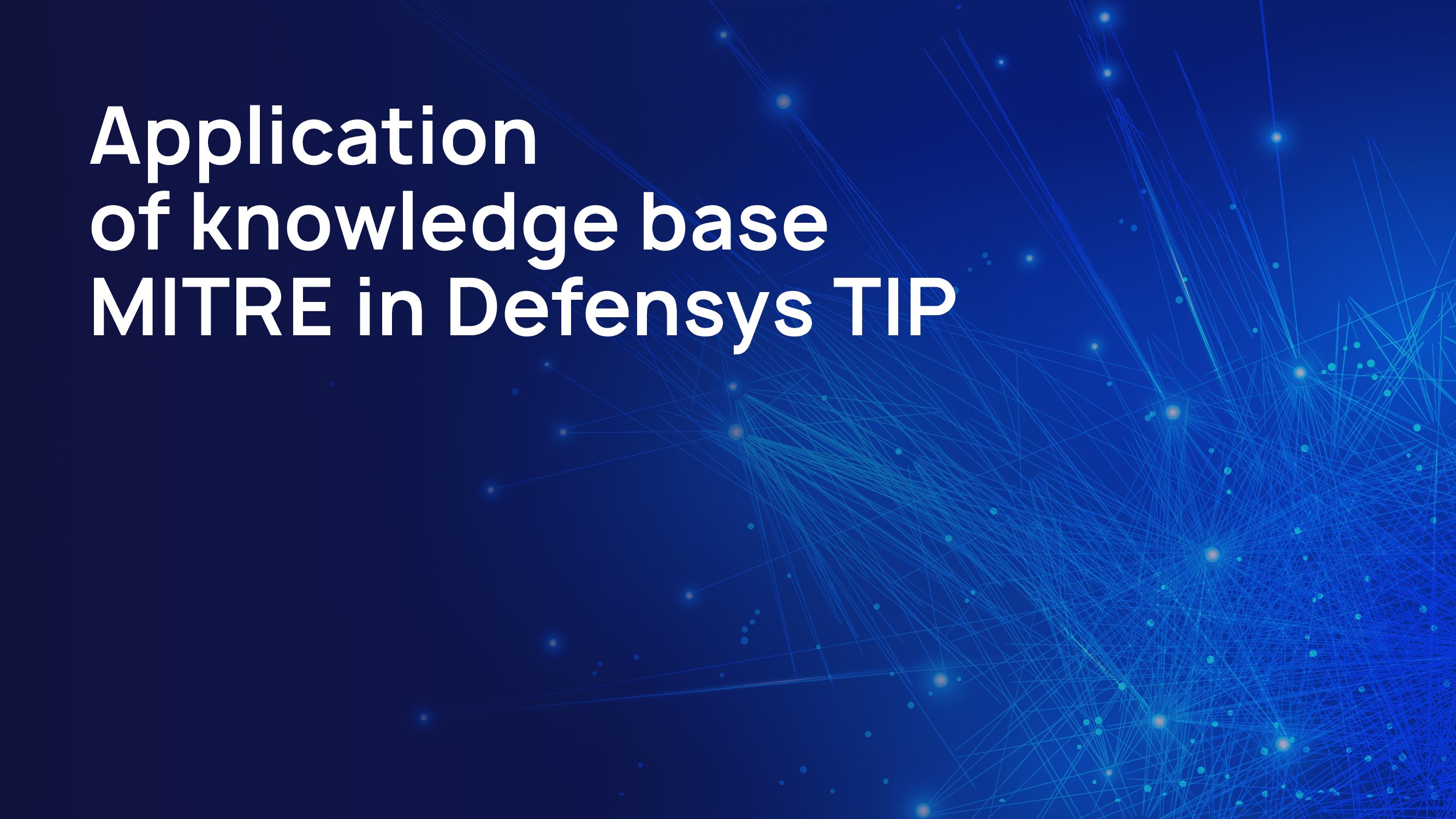Challenge
The Telecommunication Operator, a company with multiple subsidiaries across the country, needed a solution for automation of cyber security processes in the SOCs. The Company demanded a lot of integrations with internal systems, easy access to information regarding all branches and multiple tools for information handling from software vendors.
The Operator chose Defensys products after a PoC project during which Defensys demonstrated the required functionality of software and additional managing options.
Among all Defensys products, the Company has purchased the SOAR, SGRC and TI platforms.
Implementation
Defensys has a great experience in working with companies, that provide different mobile services. That’s why we managed to avoid typical pitfalls and could concentrate on important tasks.
As mentioned above, Defensys software had to be integrated with several systems for data collection and transfer between tenants and the HQ according to certain attributes. Generally, the software was integrated with more than 40 systems with various functionalities.







